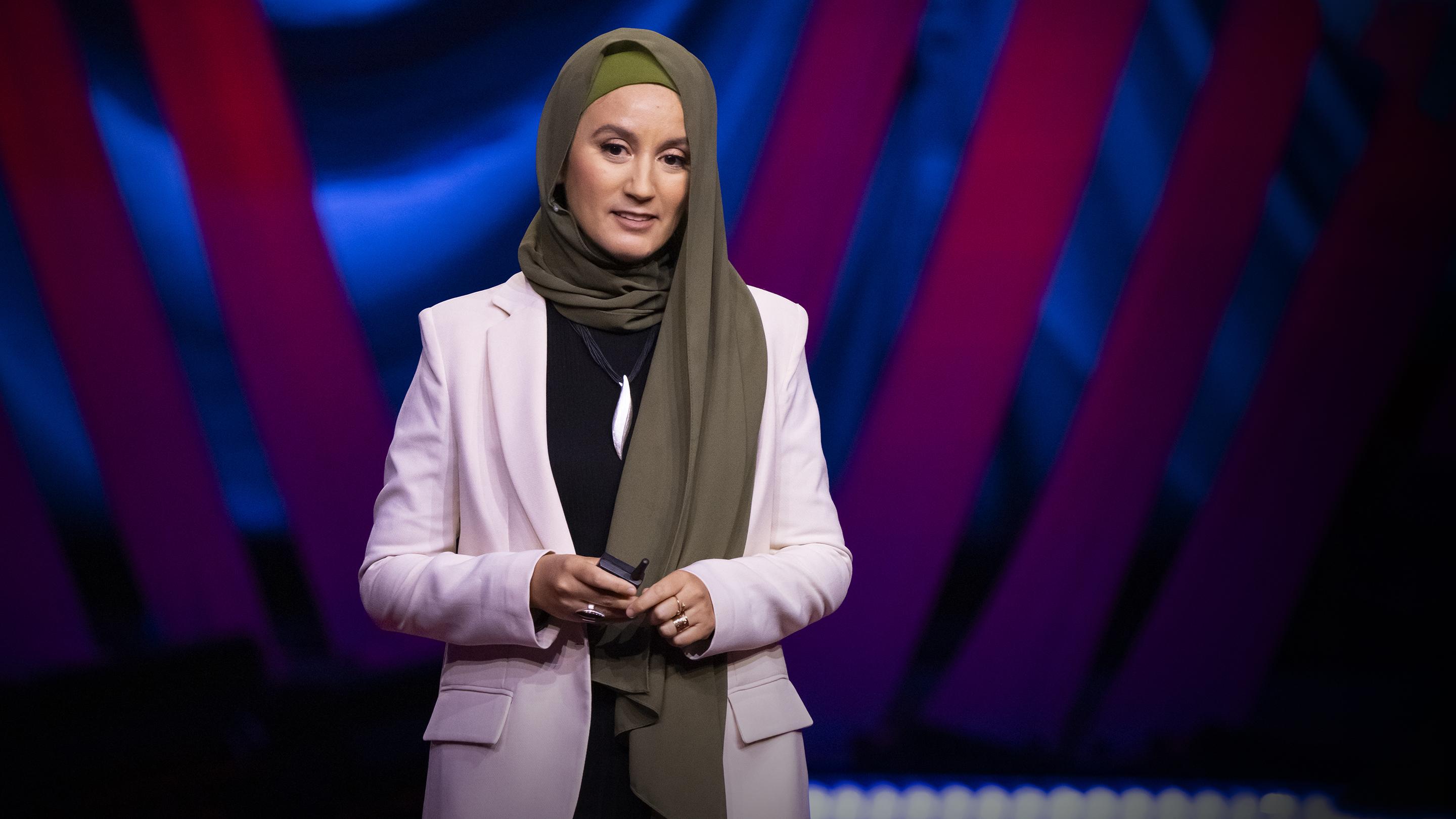Requiring teachers and staff to wear masks and improving ventilation are essential to minimizing the spread of COVID-19 in schools, according to a survey of Georgia schools that reopened for in-person learning in 2020.
As many schools across the country gear up for in-person learning this fall, results from the 169 Georgia elementary schools surveyed can serve as a guide for educators and administrators who are planning their own prevention strategies. The data showed that schools with requirements for teachers and staff to wear masks had 37% fewer COVID-19 cases than schools without a mask requirement. Schools that required students to wear masks had 21% fewer COVID-19 cases than those where mask use was optional, but the difference wasn’t statistically different.
Improving air circulation by opening windows and doors or using fans reduced COVID-19 cases by about one-third compared with schools that didn’t make changes in ventilation. Adding high-efficiency particulate absorbing filtration with or without UV germicidal irradiation cut cases by half. Schools that may not have the resources to install air filtration and purification equipment can still benefit from improved air circulation, the authors noted.
Although adolescents aged 12 years or older became eligible for vaccination since the survey was conducted late last year, the CDC has recommended that schools reopening in the fall use multipronged COVID-19 prevention strategies: vaccination for eligible people, masking for students and staff, and improved ventilation.
“Until vaccines are available for children aged 12 years [or younger], universal and correct mask use is a critical prevention strategy,” that schools should prioritize regardless of vaccination status for in-person learning, the authors wrote.











